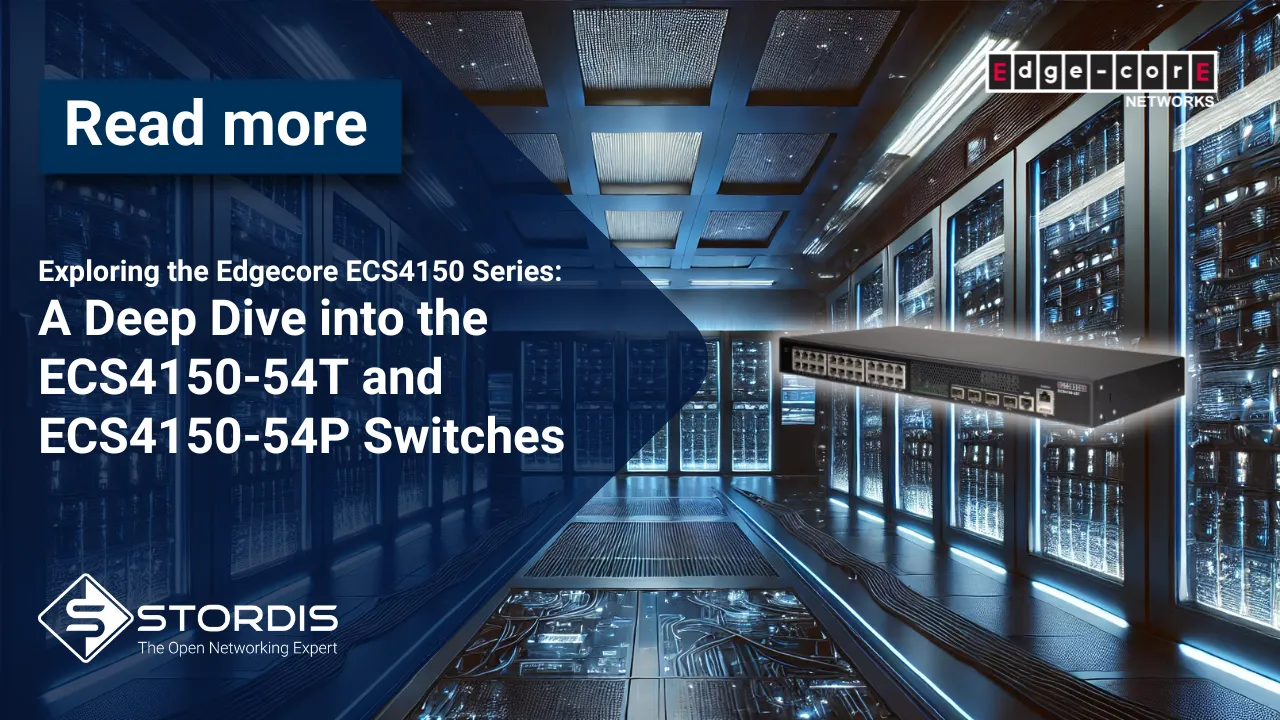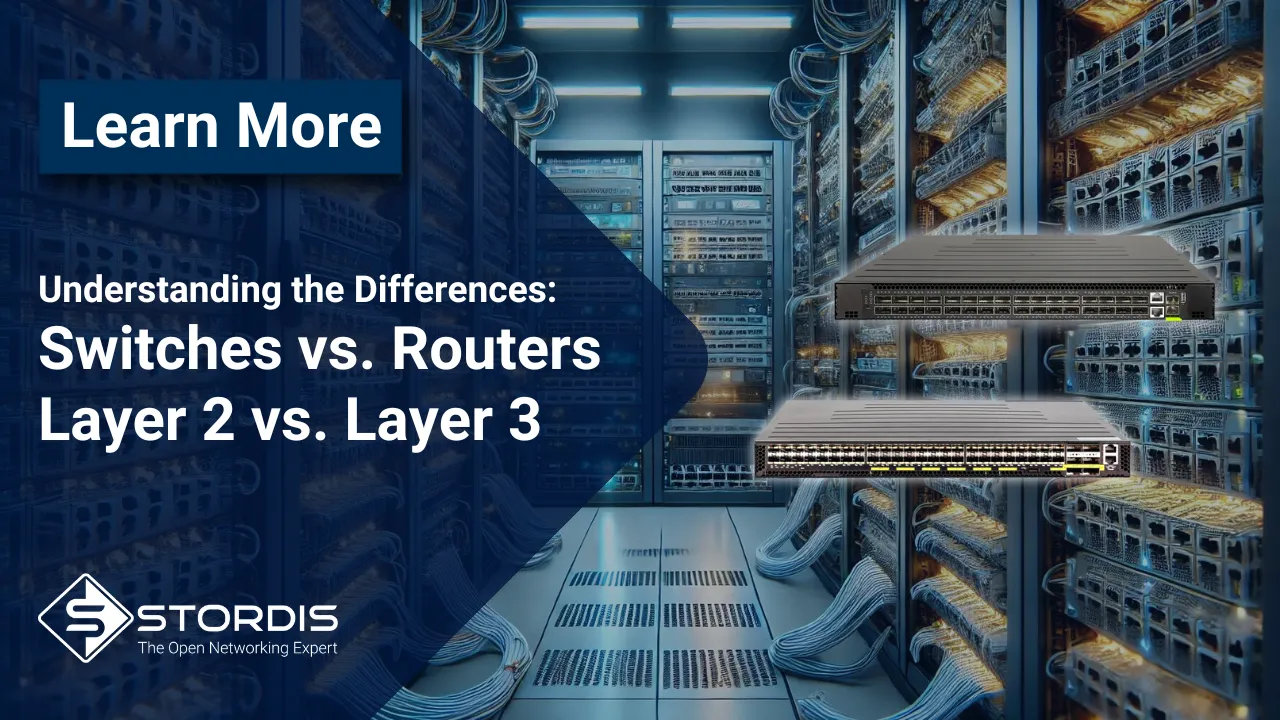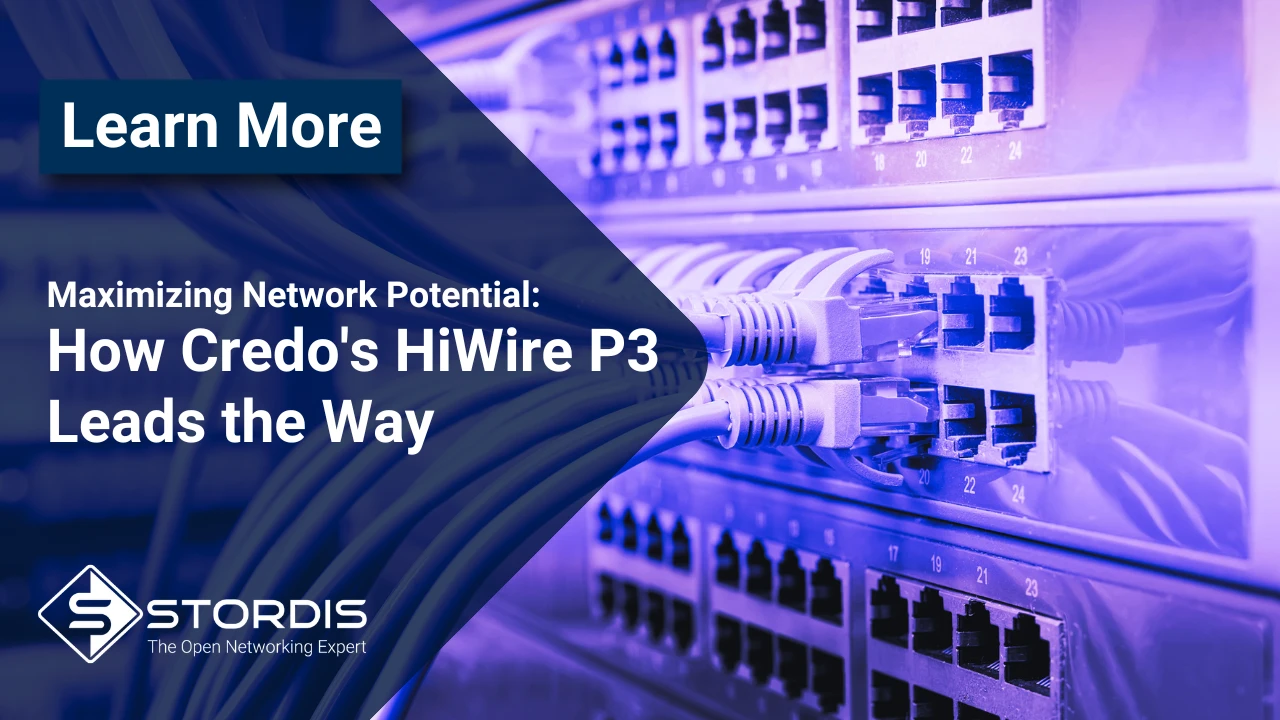- You have no items in your shopping cart
- Continue Shopping
PoE vs. PoE+ vs. PoE++: What’s the Difference?
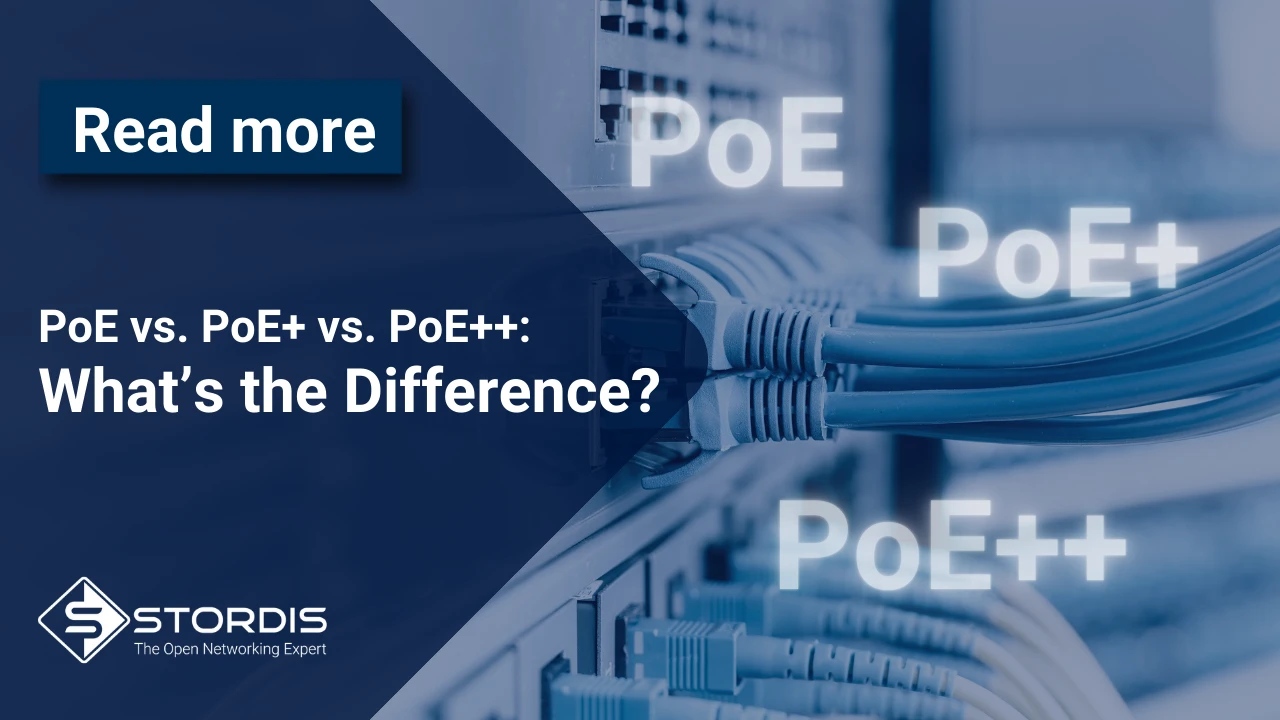
Power over Ethernet (PoE) is a game-changing technology that delivers data and power over a single Ethernet cable, significantly saving space and reducing costs. In this blog, we’ll dive into PoE, PoE+, and PoE++, helping you decide which is best for your IT environment. And we’ll keep it fun!
What is PoE? – The Basics of Power over Ethernet
Introduced in 2003 under the IEEE 802.3af standard, PoE allows devices like VoIP phones and basic security cameras to receive up to 15.4 watts of power using two of the four twisted pairs in Ethernet cabling. This was sufficient for many devices of the early 2000s but soon reached its limits as devices became more power-hungry.
What is PoE+? – More Power for Modern Devices
To address the increased power needs of newer devices, the IEEE 802.3at standard, known as PoE+, was introduced in 2009. PoE+ delivers up to 30 watts of power per port, supporting more demanding devices such as advanced wireless access points and IP cameras. It uses a voltage range between 50V and 57V, providing more stability and power to connected devices.
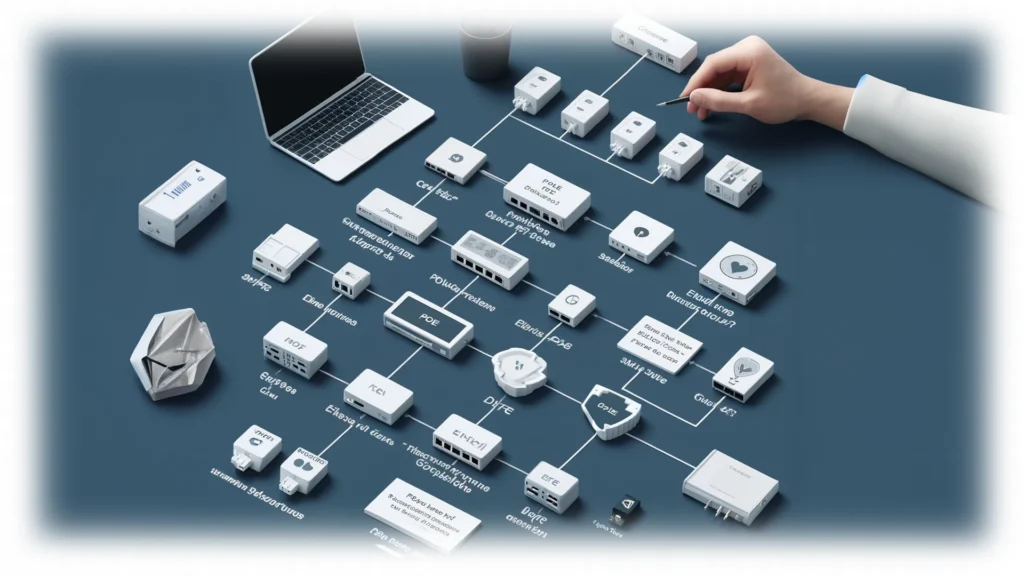
What is PoE++? – The Ultimate in Power Delivery
The latest advancement came in 2018 with the IEEE 802.3bt standard, also known as PoE++ or 4 Pair Power over Ethernet (4PPoE). PoE++ has two types:
- Type 3: Delivers up to 60 watts of power using two or all four twisted pairs in an Ethernet cable.
- Type 4: Provides up to 100 watts per port using all four pairs, making it ideal for even more power-intensive devices like laptops, projectors, and high-powered security systems. PoE++ is also known as Ultra-PoE.
Classes of Power over Ethernet Standard
PoE (IEEE 802.3af-2003):
- Name: PoE, 2-pair PoE
- Maximum port power: 15.4W
- Maximum power at PD: 12.95W
- Classes: 0-3
- Devices: Basic VoIP phones, simple security cameras, and basic sensors
PoE+ (IEEE 802.3at-2009):
- Name: PoE+, 2-pair PoE
- Maximum port power: 30W
- Maximum power at PD: 25.5W
- Classes: 0-4
- Devices: Advanced IP cameras, wireless access points with multiple antennas, and biometric sensors
PoE++ (IEEE 802.3bt-2018):
- Name: PoE++, 4-pair PoE, 4PPoE, Ultra PoE
- Maximum port power: 60W (Type 3), 100W (Type 4)
- Maximum power at PD: 51W (Type 3), 71.3W (Type 4)
- Classes: 0-8 (including Types 3 and 4)
- Devices: Multi-radio wireless access points, PTZ cameras, building management devices, video conferencing equipment, laptops, and flat screens
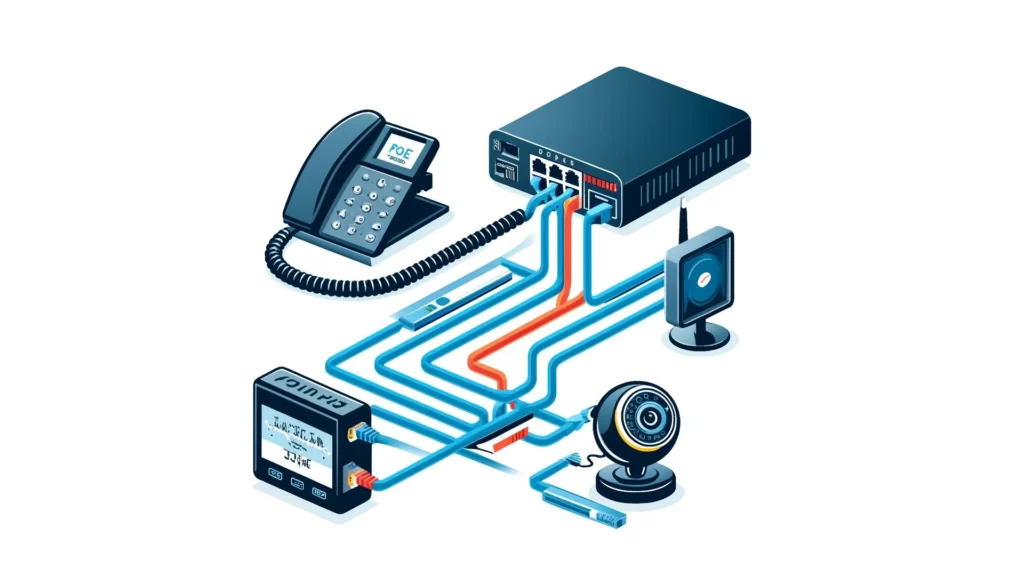
Choosing the Right PoE Standard
When selecting a PoE switch, consider the power requirements of your devices and future-proofing your network infrastructure. Today, most modern switches support at least PoE+, providing greater flexibility and power to meet the needs of modern devices.
PoE (802.3af):
- Power: Up to 15.4W per port
- Devices: Basic VoIP phones, simple security cameras, and basic sensors
PoE+ (802.3at):
- Power: Up to 30W per port
- Devices: Advanced IP cameras, wireless access points with multiple antennas, and biometric sensors
PoE++ (802.3bt):
- Type 3 Power: Up to 60W per port
- Type 4 Power: Up to 100W per port
- Devices: Video conferencing systems, laptops, televisions, and building management devices

Practical Applications
PoE:
- Ideal for small networks with low power requirements.
- Suitable for devices like VoIP phones and basic security cameras.
PoE+:
- Best for networks with moderate power needs.
- Supports devices such as wireless access points with multiple antennas and advanced IP cameras.
PoE++:
- Essential for high-power applications.
- Powers devices like laptops, projectors, and high-performance video conferencing systems.
PoE Lighting Systems for Offices
An interesting use case of PoE technology is in lighting systems for offices. PoE lighting systems offer several benefits:
- Energy Efficiency: LED lights used in PoE systems consume significantly less energy compared to traditional lighting. Combined with smart sensors and automated control, energy consumption can be reduced by over 70%.
- Automation and Control: PoE lighting can be easily automated via data network management. Lights turn on and off based on occupancy, and brightness adjusts according to natural light levels, enhancing both comfort and energy savings.
- Cost-Effective Installation: PoE lighting systems use low voltage, eliminating the need for licensed electricians. Installation and maintenance are simpler and cheaper compared to traditional electrical systems.
- Integration with Other Systems: PoE lighting can integrate with other building systems, using shared data from sensors to optimize overall building efficiency.

FAQs (Frequently Asked Questions)
Q: What if I have more demanding devices?
A: Go for PoE+ or PoE++! PoE+ is great for more power-hungry devices like advanced IP cameras, while PoE++ (or Ultra-PoE) is perfect for very high-power devices like laptops and projectors.
Q: Can I mix these standards in my network?
A: Absolutely! PoE+ and PoE++ are backward compatible, so they can support PoE devices. Just make sure your power budget matches your device requirements.
Conclusion
Choosing the right PoE standard depends on your current needs and future expansion plans. PoE+ and PoE++ provide more power and flexibility, making them suitable for modern, high-demand networks. Evaluate your devices’ power requirements, consider the capabilities of your existing infrastructure, and plan for future growth.
PoE is well-known in the so-called Legacy Networking World and is equally cherished in what our heart loves the most – Open Networking! Harness the full potential of your network by selecting the right PoE solution. Whether you stick with PoE, upgrade to PoE+, or invest in PoE++, each offers unique benefits tailored to different networking needs. For more personalized advice, consult with a network specialist to ensure you make the best choice for your IT environment.
And here’s a not-so-funny tech joke to brighten your day:
Why don’t PoE devices ever get lost…?
… Because they always follow the current! 😉
Feedback and Suggestions
If you have any questions or need further assistance, feel free to reach out! Have any questions or insights about PoE technology or products? Leave a comment below or reach out to us!
Comments
You might be interested in
